.. und der Sünder bereut (Heimatfilm)
experimental film
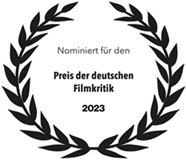
Nominated for Best Experimental Film 2023
by German Film Critics Association
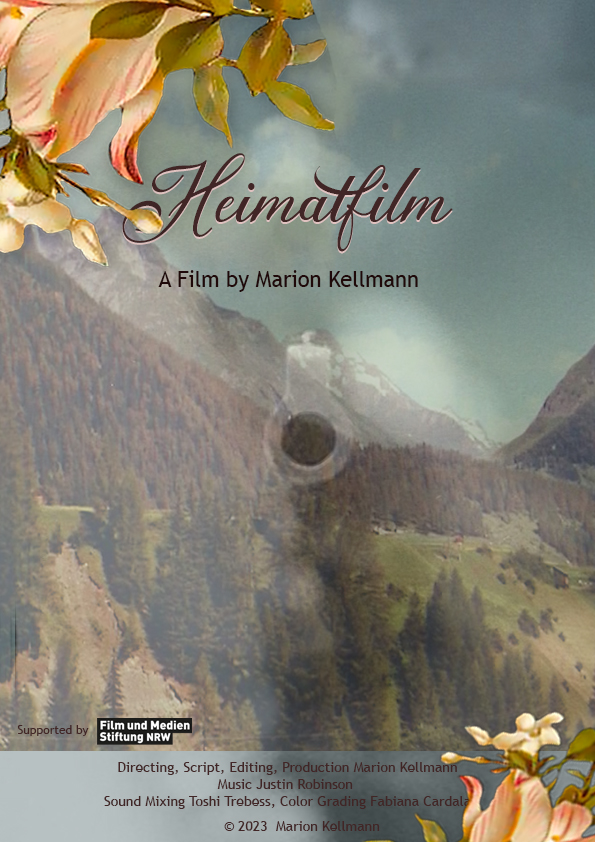
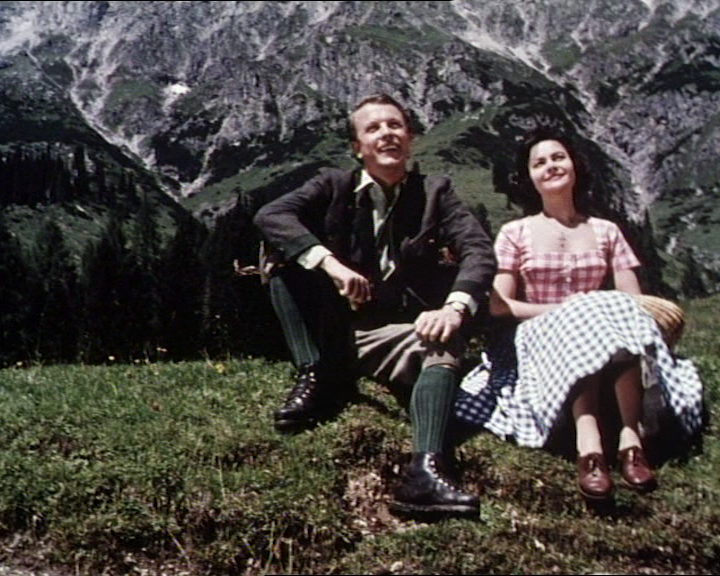
Heimatfilm is a compilation movie using scenes from 50 films of the genre of Heimatfilm. Between the end of World War II and 1960 over 300 Heimatfilme were made. The genre experienced its heyday in West Germany during this time. The scheme of the films is simple: the plot typically consists of a love story that eventually arrives at a happy end, following a few misunderstandings and the appearance of a villain.
Heimatfilme divide people into the categories of good and bad. The crimes and conflicts shown are usually harmless cases of poaching or smuggling. The local authorities consist of forest rangers, doctors, pastors, and the like. Police and state authorities hardly ever appear. These are replaced by the intrinsic moral compass residing in regular townspeople, and the villain either repents or dies under unfortunate circumstances. At first glance, the Heimatfilm phenomenon seems quite easy to explain psychologically. After years of war, people deeply longed for an ideal world. The films present simple love stories set in unspoiled nature and a flourishing countryside offering an escape from reality and the conflicting memories of the recent past – far from the ruined cities. Recollections of the Third Reich are completely left aside. Yet the Heimatfilm is not an invention of the late 1940s or 50s, but rather closely related in terms of content and motifs to the mountain films of the 1920s as well as the “blood and soil” films of the Third Reich. That is why films from the 30s and 40s are also interwoven into the compilation movie.
The plot of Heimatfilm follows the classic pattern of the love stories of this genre. The film focuses on the typical characters and themes. Side plots are avoided. The film’s characters are portrayed by various performers. Similar scenes appear again and again with minimal changes and are maintained and carried on by the different protagonists. By repeating similar scenes and gestures as well as merging the Heimatfilme into their unvarnished plot, the genre’s essence is revealed and condensed into a stereotype.
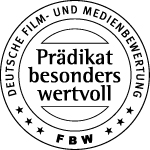
screenings:
Germany, Official Selection
Thomas Edison Film Festival,
2024 USA
Official Selection, Jury’s Choice Award
Landshut Shortfilm Festival 2024,
Official Selection, Landshut, Germany
Filmkunstfest MV 2024,
Schwerin, Germany
Curta Cinema, Rio de Janeiro
International Short Film Festival 2024,
Rio de Janeiro, Brazil
Spain, Official Selection
Filmfest Dresden 2024
Germany, Official Selection
Flickers’ Rhode Island International Film Festival 2024,
Providence and Newport, Rhode Island, USA
L’Europe autour de l’Europe 2024
Paris, France
Bolton International Film Festival 2024,
Bolton, UK
Snowdance Independent Film Festival 2024
Essen, Germany
Filmschauplätze NRW
Bamberg, Germany
Regensburger Kurzfilmtage 2024
Regensburg, Germany
San Antonio Independent Film Festival 2024,
San Antonio de Ibarra, Ecuador
AVIFF Art Film Festival 2024,
Marseille, France
Biennale Bavaria,
Neuer Heimatfilm Unterwegs 2024
17. Musikfilmtage Oberaudorf 2024
29. OpenEyes Filmfest 2024,
Marburg Germany
Filmfest Weiterstadt 2024
Ranfilmfest 2024,
Kassel, Germany
Montenegro Film Festival 2024,
Herceg Novi, Montenegro
Braunschweig International Filmfestival 2024,
Braunschweig,Germany
Blowup Festival 2025
Chicago, USA
Ekstase
experimental film

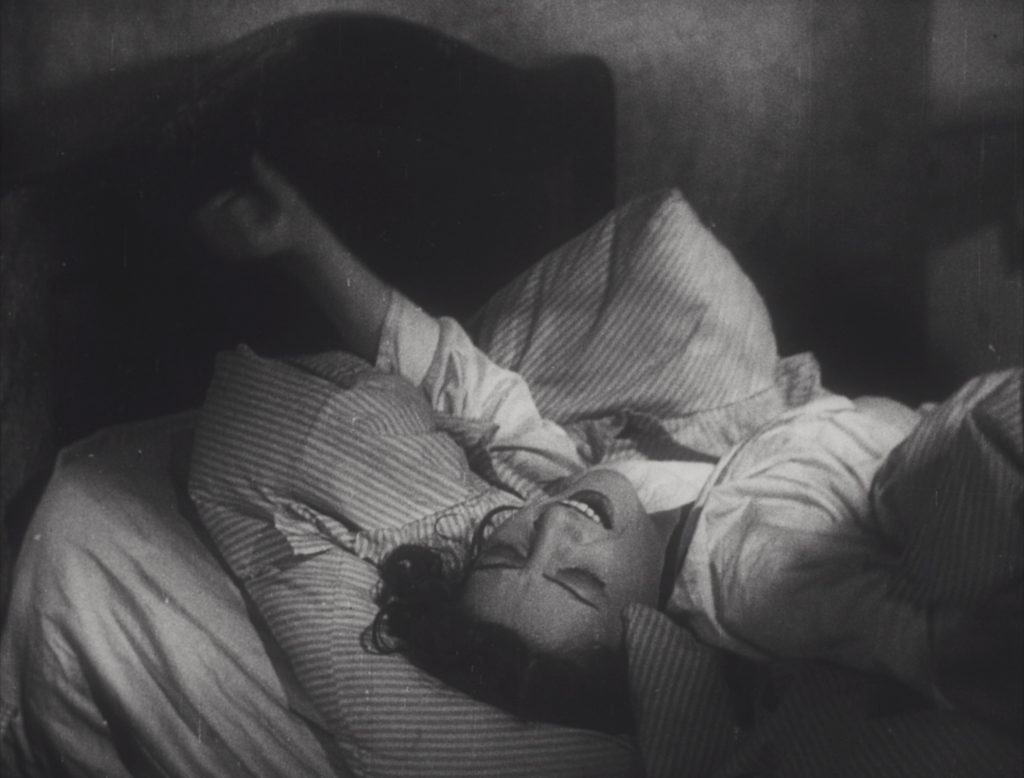
“Ekstase” is a montage of scenes from various silent films. Based on similar settings and gestures it explores the stereotype of women on the verge of insanity. In a repetitive montage the same symptoms and actions recur repeatedly in different places, different sceneries and with different people. In the beginning there is a tranquil montage of women sleeping. Waking up they realize in despair that they are captives in their bedrooms. An outburst of rage results in sudden weakness, and men rush to help them. The women are then carried away and are treated through hypnosis and suggestion. This is followed by an attack of hysteria, similar to the ones that are captured in Charcot`s „Iconographie photographique de la Salpêtrière“. This collection of photographs had also been the starting point for Marion Kellmann’s research in various European film archives.
At the end of the 19th century neurological science looked to find a key to hysteria and ways for the classification of this phenomenon. Jean-Martin Charcot, chief of the Salpêtrière clinic in Paris, became an expert of high renown in this field. He claimed that the hysteric woman would be the man-machine, once described by the physician and philosopher La Mettrie. Charcot believed that every hysteric attack followed a structure of four different phases that could be provoked and repeated through suggestion and hypnosis. In order to prove this he decided to let his patients and their attacks be photographed which resulted in the „Iconographie photographique de la Salpêtrière“. Charcot presented himself as the director of this spectacle. The images of the women who
obeyed his rules like actresses became famous across the globe.
At the turn of the century hysteria had become a fashionable disease. Its symptoms could be in found in various art forms, but especially in silent films. „Ekstase“ mirrors the genesis of hysteria. Looked at it from today, the view of women’s mental state has its comical side as well. The film’s montage suggests that the spectacle of the emotionally unstable women seems to be automated and controllable. The manipulation becomes visible and the diagnosis turns against itself.

screenings/awards:
Festival L’Europe autour de l’Europe / Europe by Europe,
Paris, France
Hammer Kurzfilmnächte,
Hamm, Germany
Istanbul Experimental,
Istanbul, Turkey
Experimental Superstars,
Novi Sad, Serbia
SorsiCorti 2021,
Palermo, Italy, Official selection
National Gallery of Arts, Washington, US
in the series virtual cinema 2021
POW Filmfest,
Portland, Oregon, US
Minikino Film Week 7 – Bali International Short Film Festival,
Indonesia, Official selection
International Kansk Video Festival,
Russia/Siberia, Official selection
International Women Film Festival 2021,
Beirut, Lebanon, Official selection
AVIFF Cannes 2021 Art Film Festival,
France, Official selection
International shortfilmweek Regensburg
Regensburg, Official Selection
Flensburger Kurzfilmtage 2021, Kurzfilm Streifzug
Cinequest film & creativity festival 2021
San Jose, CA, USA
Toronto International Women Film Festival
Toronto, Canada
Blowup Film Fest,
Chicago International Arthouse Film Festival 2021
Chicago, USA
Taos Shortz Film Festival 2021
Questa, New Mexico, USA
40th Annual Thomas Edison Black Maria Film Festival Collection – 2021
Hoboken, United States, Jury’s choice award
SNOWDANCE Independent Film Festival 2021
Landsberg, Germany, Official Selection
33th Minimalen Kortfilmfestival 2021
Norway, Official Selection
18th Bogoshorts – Bogotá Shortfilmfestival 2020
Columbia, Official Selection
30th Festival Internacional De Curtas Do Rio De Janeiro –
Curta Cinema 2020
Brazil, Official Selection
Nottingham International Film Festival 2020
United Kingdom, Official Selection
17th Syracuse International Film Festival 2020
United States, Official Selection
Uruguay, Official Selection
United States, Official Selection
United Kingdom, International Premiere, Official Selection
35th Interfilm International Short Film Festival Berlin 2019
Germany, Official Selection,
World Premiere
Die siderische Nacht
experimental film
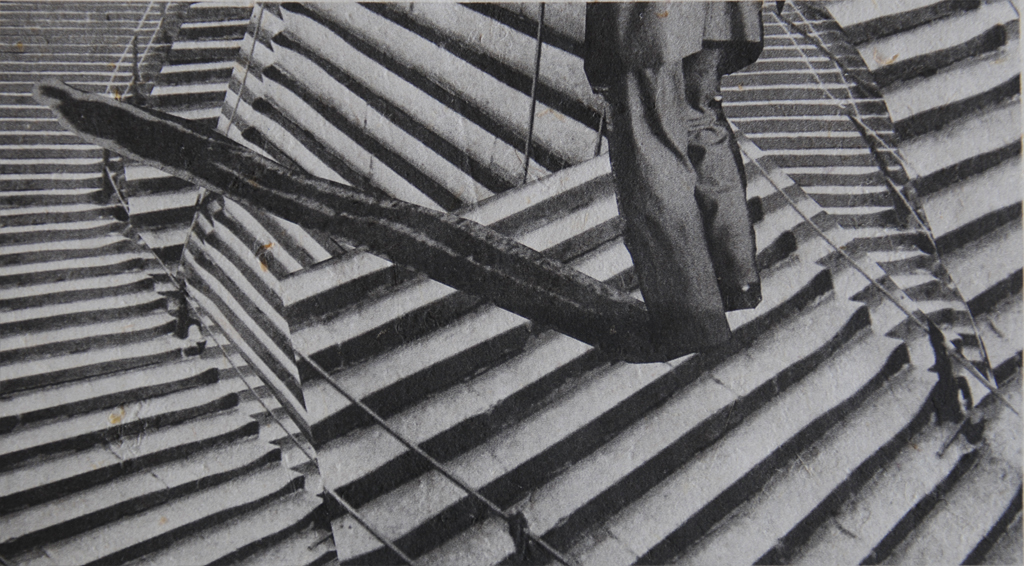
When the earth ceased to turn on its own axis one side lost its sunlight.
As no one knew how the planet might be set in motion again
people lived in darkness. One day, a man found out how the sun’s light could be replaced.
I am glad if I am happy
documentary
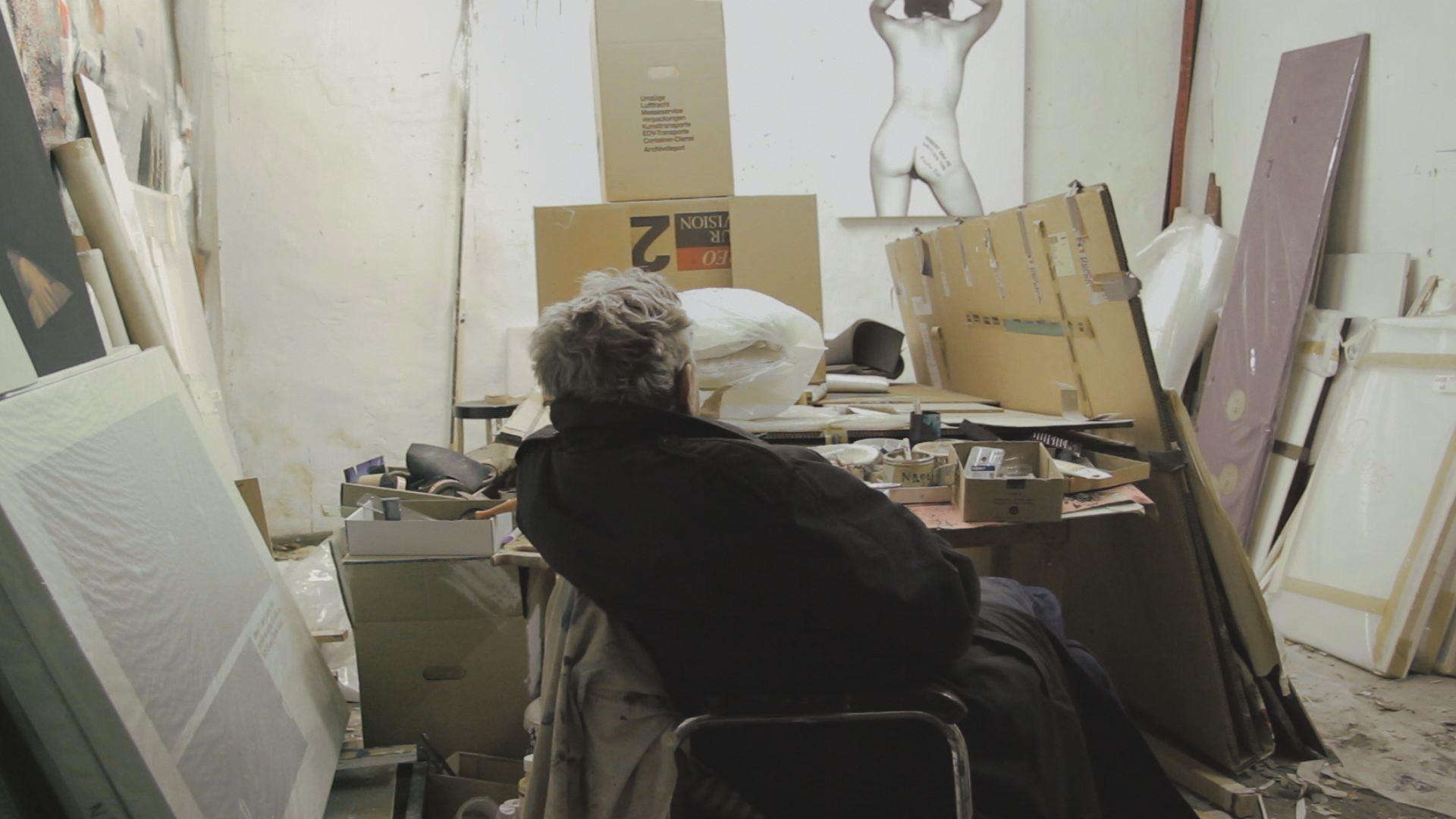
In his work, from the early ‘70s until today, Endre Tót questions not only the communistic system of the East, but also capitalism in the West. He takes an ironical stance against every form of prescribed happiness. In this the artist’s point of view is autobiographically informed. Tót, whose works are to be found in the most important collections of the world, is a witness of his time. The film “ENDRE TÓT – I’m glad if I’m happy” is a complex portrait, presented through conversations with the artist on the basis of his work and through original film documentation of his actions. At the centre of the film is Art Informel in Hungary, navigating border restrictions through mail art, the internationality of conceptual art & Fluxus and the philosophy of absence. The film accompanies the artist, who grew old and famous in exile, through his actions and in his neighbourhood in Cologne.
Trinkhallen
experimental documentary
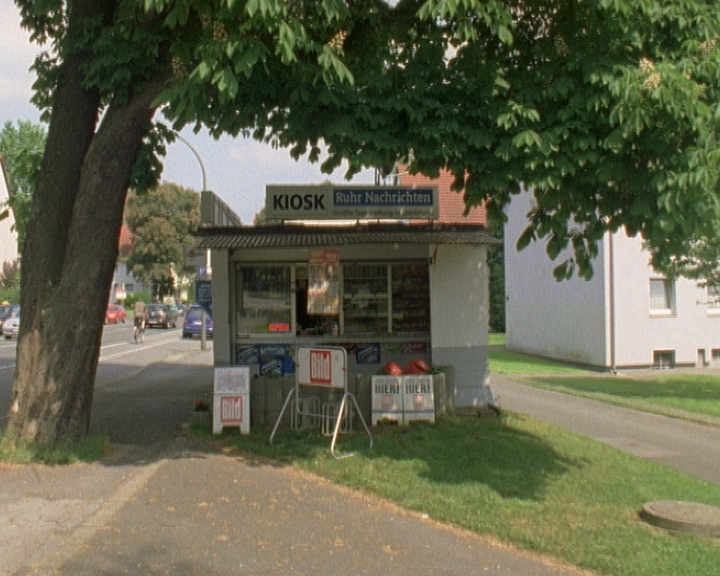
31 german Kiosks are shown in tableau like images,
capturing moments in the area of the Ruhrgebiet.
Each Kiosk is shot from a static point of view. The lengths of
the single takes are given by the Bolexcamera’s manual wind
up mechanism. The soundtrack of the film is an extracted
accoustic description of the locations.
Die Umschulung

Science fiction or reality?
A film team accompanies a perpetually unemployed man while
he participates in an occupational retraining as a cartoon figure.
It could be his last one…
Im Verleih Interfilm Berlin